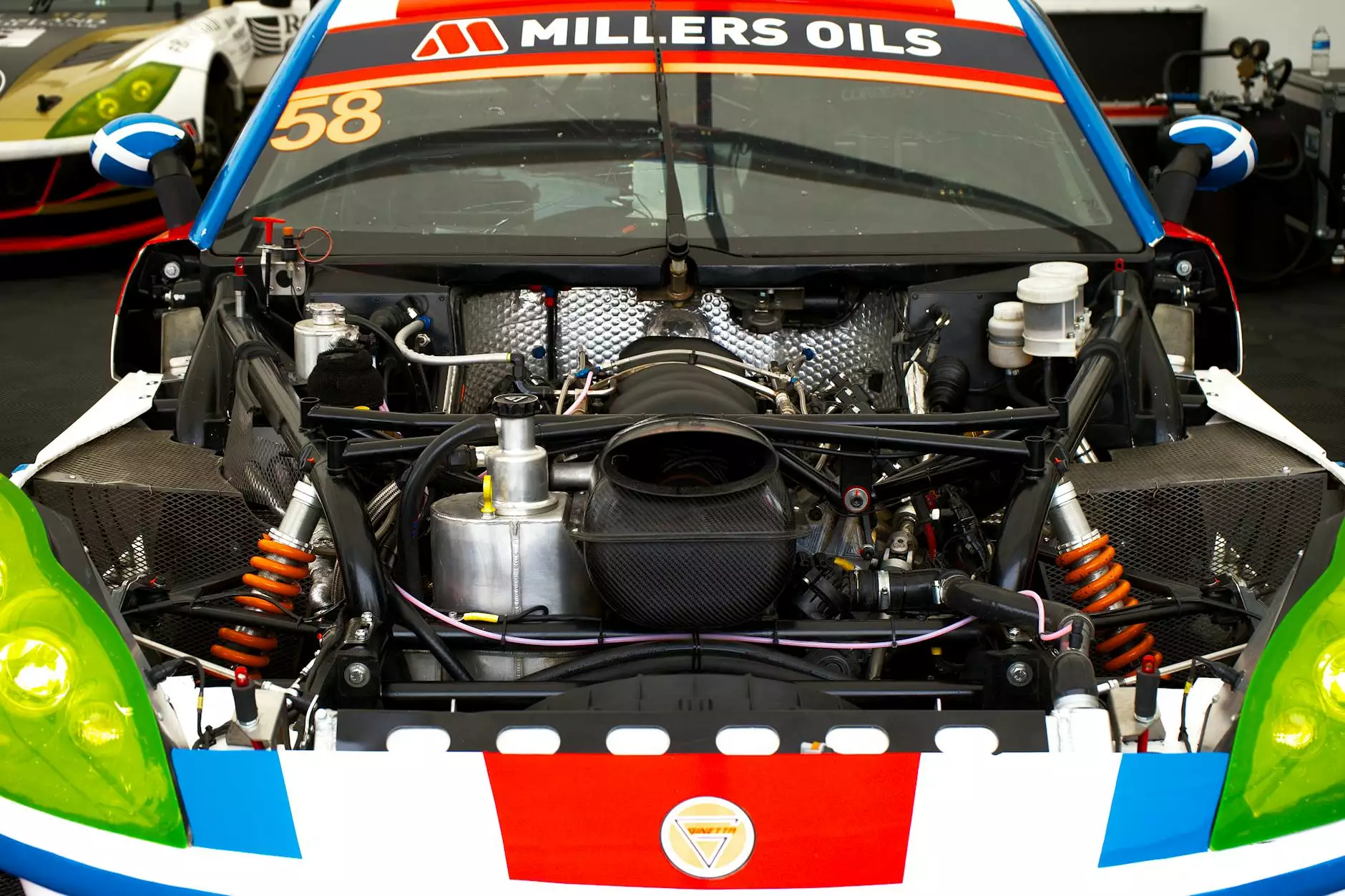What is a UV Printer?

UV printers are sophisticated devices that use ultraviolet (UV) light to cure or dry the ink as it is printed. This means that as the printer applies ink onto a substrate, the UV light immediately solidifies the ink, allowing for fast and efficient printing with vibrant colors and sharp details.
The Technology Behind UV Printers
To truly understand what a UV printer is, it's essential to grasp the technology behind it. Here are some key components and processes:
1. Ink Composition
UV inks are different from traditional inks. They contain a mixture of pigments and photoinitiators, which react to UV light. When exposed to UV radiation, these inks polymerize, turning from a liquid to a solid almost instantly. This fast curing process is a significant advantage, promoting better adhesion and durability on a variety of substrates.
2. Curing Process
The curing process is the hallmark of UV printing technology. Unlike conventional ink that needs time to air dry, UV-printed materials can be handled immediately. A UV printer uses high-intensity UV lamps to emit light directly onto the wet ink after it has been printed, initiating the curing process. This allows for high-speed production and eliminates the need for drying time.
3. Versatility of Substrates
One of the most impressive aspects of UV printers is their ability to print on a wildly diverse array of materials. This includes:
- Paper: Classic media for all printing needs.
- Plastic: For promotional materials and packaging.
- Metal: Ideal for signage and industrial applications.
- Wood: Offering a rustic touch for custom items.
- Glass: Perfect for decorative items and display cases.
Advantages of Using a UV Printer
Understanding the advantages of UV printing is crucial for businesses considering this technology. Here are some significant benefits:
1. Immediate Handling
With the curing process happening as the ink is applied, the printed materials can be handled, shipped, or processed without the risk of smudging or waiting for drying. This feature boosts productivity significantly, especially in high-demand environments.
2. Exceptional Print Quality
UV printers deliver high-quality images with remarkable clarity, vibrancy, and detail. The ability to print in layers allows for stunning visual effects like embossing and varnishing that are unattainable with traditional methods.
3. Environmentally Friendly
UV printing is considered to be more environmentally friendly than traditional printing methods. Because the inks are cured using UV light and not heat, there's minimal energy usage, and many UV inks are low in volatile organic compounds (VOCs), which contribute to pollution.
4. Long-lasting Prints
UV inks are resistant to scratches, chemicals, and fading, making them suitable for outdoor applications and items subjected to wear and tear.
5. Less Waste
With UV printing, there is less ink waste as the inks are cured instantly and kept from drying out prematurely, making it an economically sound option for many businesses.
Applications of UV Printing
UV printing has found its place in numerous industries, showcasing its versatility and effectiveness. Some common applications include:
1. Signage and Displays
UV printers are widely used for creating both indoor and outdoor signs. The durability of UV inks ensures that the prints maintain their quality, even when exposed to harsh weather conditions.
2. Packaging
The packaging industry greatly benefits from UV printing. Labels, boxes, and other packaging materials can be printed with high resolution and vivid colors, making products more appealing to consumers.
3. Promotional Products
From business cards to promotional giveaways, UV printers create stunning, personalized items that help businesses stand out in a competitive market.
4. Interior Decor
UV printing is ideal for producing custom wallpaper and decorative prints. The vibrant colors and durability make these designs attractive options for homes and businesses.
5. Automotive and Industrial Applications
Unique designs on automotive parts and industrial materials are easily achievable with UV printing, enhancing branding and appeal.
Choosing the Right UV Printer for Your Business
When considering investing in a UV printer, several factors should guide your decision:
1. Print Size
Determine the largest format you'll need to print on. UV printers come in various sizes, and selecting one that meets your production needs is crucial.
2. Speed and Production Capacity
Evaluate how quickly you need to complete jobs. Various models offer different speeds, and understanding your workflow will help you choose appropriately.
3. Budget
Consider both the initial investment and ongoing costs for maintenance, inks, and parts. It's vital to balance budget constraints with the anticipated performance of the printer.
4. Maintenance and Support
Research the manufacturer's support options and the maintenance required for the printer. A reliable support system can save you time and money in the long run.
Conclusion
In summary, understanding what a UV printer is opens up a world of opportunities for businesses in printing services. The ability to produce high-quality, durable prints on a variety of substrates with immediate handling capabilities makes UV printing a preferred choice in many industries. As technology continues to advance, the applications and benefits of UV printers will only expand, offering even more innovative solutions for businesses looking to enhance their printing capabilities.
Final Thoughts
If you're considering integrating UV printing into your business, think about the wide array of possibilities and advantages it can bring. From improved print quality to increased efficiency, investing in a UV printer could be one of the best decisions for your company’s printing needs.
Learn More
For more information on UV printing and how it can benefit your business, check out Boston Industrial Solutions, where you can find expert advice and top-notch printing services tailored to your needs.
what is a uv printer








